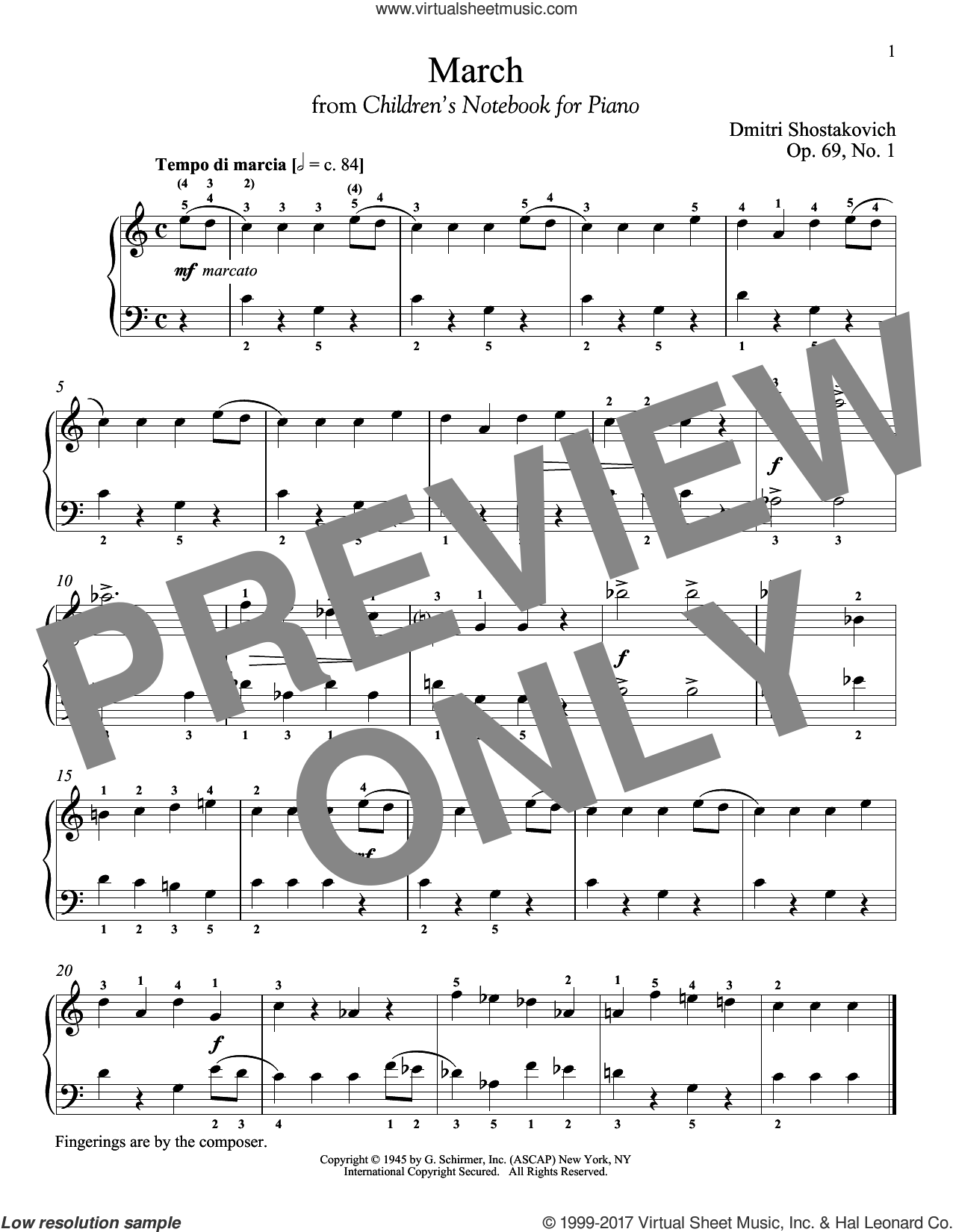
When examining the number of works Shostakovich created, one should always remember that he was living and composing in Soviet Russia at the time of Stalinism and of Communist power, under an immense and constant pressure from the government’s continual attempts to control his compositional process. The composer was artistically productive until his final year (seven opuses are dated 1975, including his outstanding Sonata for Viola and Piano). Amazingly, despite increasing physical weakness, there was no ‘declining’ period in Shostakovich’s creative life. The final years are marked by the composition of requiem-like works, which reflect thoughts of life and death (notably the Fourteenth Symphony and the Fifteenth Quartet). This period features a concentration on intimate chamber works (ten out of his fifteen string quartets were created in the late period) and experimentation with atonality and tone rows. The late period spans from about 1953 3 to 1975. During this period, his musical language was becoming more ‘conservative’, mainly tonal (about Shostakovich’s treatment of a tonal centre, see later sections of this article). This period features the composer’s formulation of the major principles of his individual style and the creation of his greatest symphonies (from the Fifth to the Tenth), as well as chamber works. The middle period spans from 1936 to 1953 (the year of Soviet dictator Stalin’s death and the creation of his Tenth Symphony).

This period ends with the composer’s first denunciation by the Soviet government who urged Shostakovich to ‘simplify’ his musical language. It is mainly marked by an eclecticism of style (most of Shostakovich’s early works are still very much influenced by the styles of other composers such as Mahler, Prokofiev, Stravinsky), and a search for his own individual style. The early or ‘avant-garde’ period spans the years 1919 (the year of his first composition) to approximately 1936 (the year of his Fourth and Fifth Symphonies). In a similar way to Beethoven’s life and works, Shostakovich’s long artistic life can be split into three periods: early, middle and late. Shostakovich, the composer of the ‘modernist’ era, applied modern (‘avant-garde’) language based on a new understanding of tonality (‘expanded’ tonality up to atonality) in many of his early works. In drawing a further analogy between Beethoven’s and Shostakovich’s lives, one should keep in mind that Beethoven turned to a more complex music language (broad usage of counterpoint, linearism, ‘open’ forms) mostly in his late works.

Along with very few composers in music history (Beethoven among them), he was recognized as a living genius by both amateurs and connoisseurs. 2Ĭomposing music in both ‘popular’ and ‘serious’ genres, Shostakovich attained unrivalled popularity in Soviet society. Shostakovich and Stalinism.ĭmitri Shostakovich, whose centennial was celebrated last year, has become one of the most influential musical figures of the past century and one of the greatest composers of all time, creating musical masterpieces in such opposing genres as popular film music 1 and intimate chamber music, musical miniatures and large-scale symphonic and theatrical works. Shostakovich and Beethoven-analogies and differences. Dedicated to the Centennial of Dmitri Shostakovich Preface


 0 kommentar(er)
0 kommentar(er)
